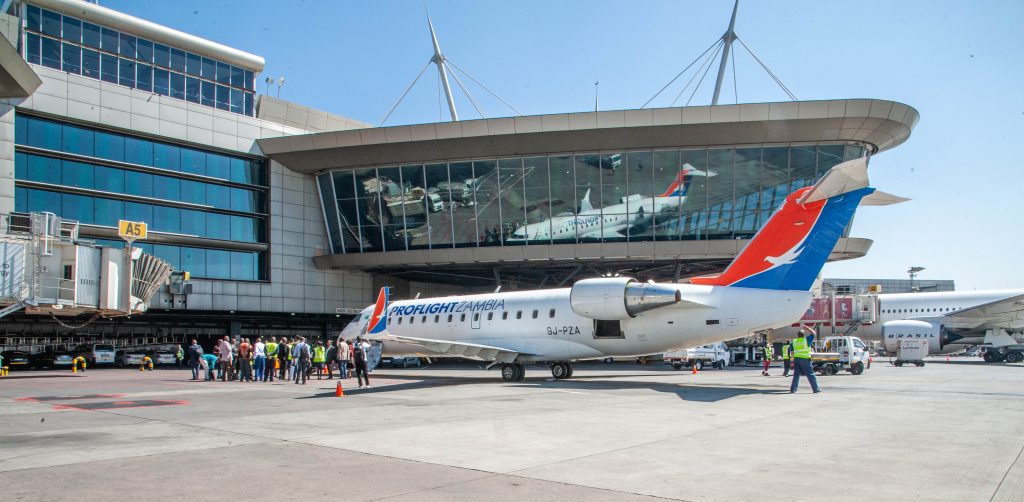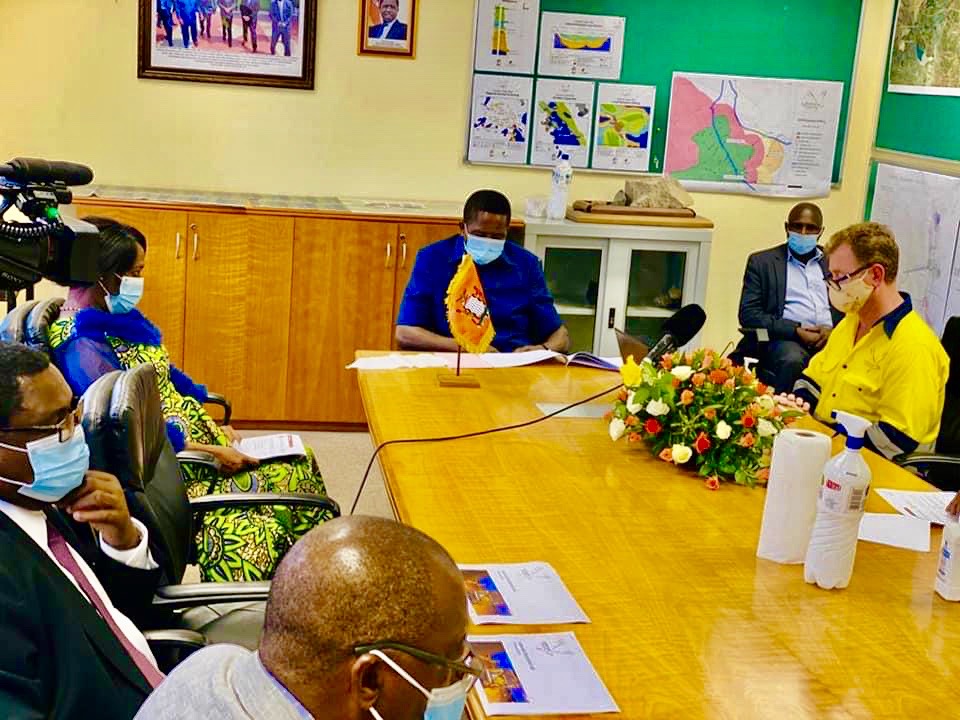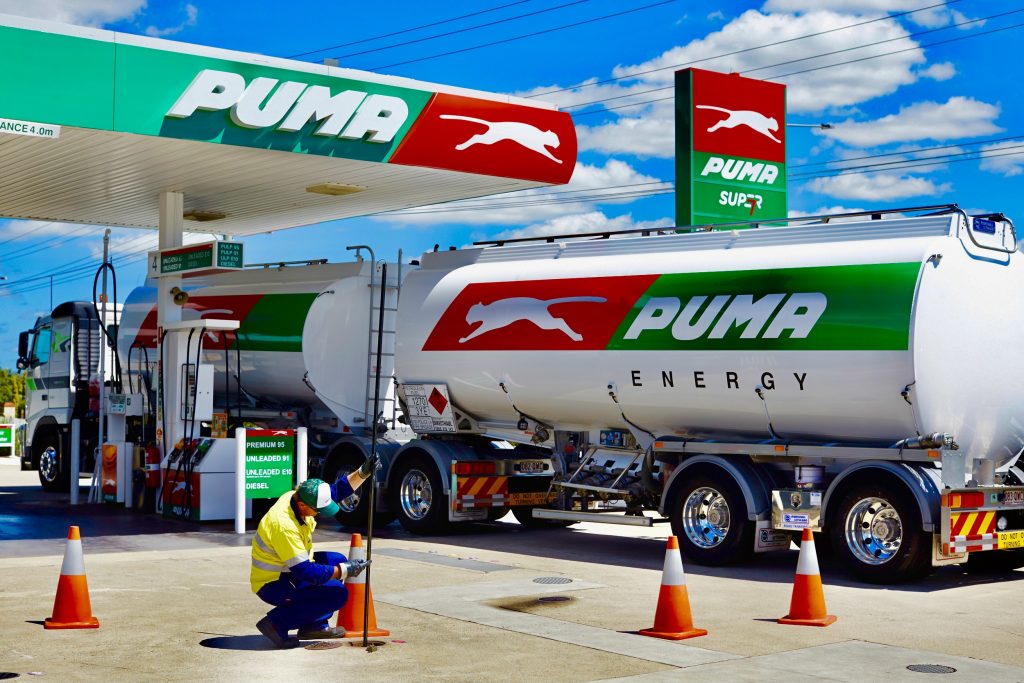Oil and gas giant, the Lusaka Securities Exchange (LuSE) listed PUMA Energy (ISIN0000000194) earnings were slowed by a confluence of drivers to include dollar scarcity, fuel subsidies in the copper producer in pandemic year and suppressed air travel.
According to a PUMA Energy Plc audited report, bottom line earnings grew 11.0% to K4,618million (circa $205million) supported by an upward adjustment in pump prices on December 26, 2019 despite a 5.0% ebb in demand for petroleum products occasioned by pandemic effects on the economy ecosystem in 2020. EBITDA levels rallied 28.0% to K270.0million. The oil and gas entity recorded K2.8million positive in mark to market – exchange gains yet weighed by rising finance costs that widened 27.0%. After tax earnings soared 54.0% to K160.2million.
USD SCARCITY, SUBSIDIES KEY HEADWINDS IN THE OIL AND GAS INDUSTRY
The COVID year 2020 dented the oil and gas industry globally stemming from a constriction in demand from key players such as airline industry both locally and internationally. The wane in air travel, to some extent ebbed demand from a lower number of tourists trekking into the copper producer.

The partial lockdown experienced in Zambia in addition to neighboring border shut downs were major contributors of the shriveled demand for petroleum products. PUMA’s bottom line however remained constrained by the energy regulators delay to hike fuel prices upwards in 2020 as the authorities shielded consumers from impacts of pandemic. However the adjustment should have been an ebb when international crude prices crashed in 1H20 and upwards when global recovery seemed eminent creeping lost demand that rallied prices to close to $70/bbl. The volatility in Brent prices in tandem with a 43.0% slide in the Kwacha against the US dollar continue to exert pressure on the real pump prices of fuel.
Read also: Zambia’s petroleum supply is bearing the brunt of widening dollar scarcity
Dollar scarcity remains the biggest disruptor of the supply chain. The copper producers still grapples with acute foreign currency shortages which have impacted Oil Marketing Companies (OMC’s) in meeting their repayment obligations. Other hurdles in the supply chain include the recent strikes by the local petroleum transporters who recently demanded 50.0% share of the transport business traded off with an ebb in price per metric cube, protectionist measures to keep indigenous players afloat.
Read also: Zambia’s $25 ‘Easter’ fuel supply disruption, indigenous transporters earn protectionist measures
Other drivers of upside risk include political risk factors in policy determination in the energy sector which in an election year could hold prices ‘pat’ as cost of living remains a key determinant of most decisions as August approaches. These remain key headwinds working against the oil and gas stock outlook.
VACCINE ROLLOUTS, GEOPOLITICAL TENSIONS, MINING BOOM – SILVERLININGS FOR SECTOR

Read also: Zambia’s cabinet nods voluntary Astrazeneca, JJ, COVID vaccine rollout
Zambia’s positivity cases have plummeted to 2.9% while a vaccine rollout program is in motion with the first 228,000 doses arriving on April 12 and spell full recovery for the red metal’s economy. The oil and gas sector remains very key as a growth partner for Zambia servicing manufacturing, airline and the mining industry.

With a projected mining boom, the sectors outlook does have some silverlinings into 2021 given a higher mining production forecast and Zambia’s projected ‘V’ shaped recovery spelt by an economic recovery program. Zambia will seek to mine 930,000 metric tons in 2021 from an 868,000 metric tons in the pandemic year 2020. Metal price rally is supported by a Chinese economic recovery, electric car era fueling supply deficits and US infrastructure project soon to be signed off.
Globally, crude prices have continued to be supported by OPEC+ member states supply curbs that have supported prices. This in addition to traditional geopolitical tensions in the Middle East continue to drive supply trajectory for crude. With more economies easing lockdown protocols in the recent weeks demand is expected to claw back into the global economy.
As at 3.31pm PUMA stocks were trading for K0.8 a share on the Zambian bourse.
The Kwacha Arbitrageur

